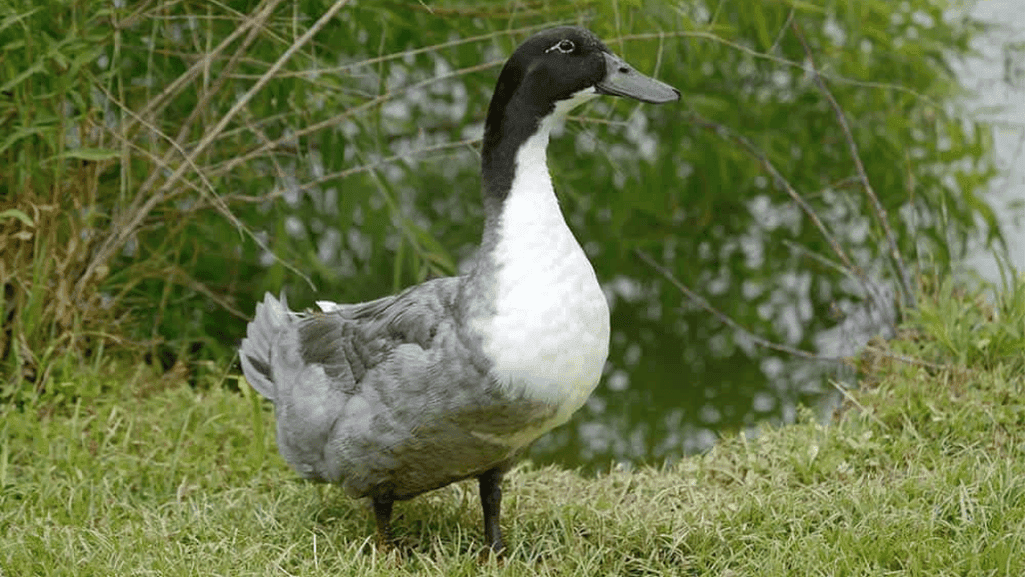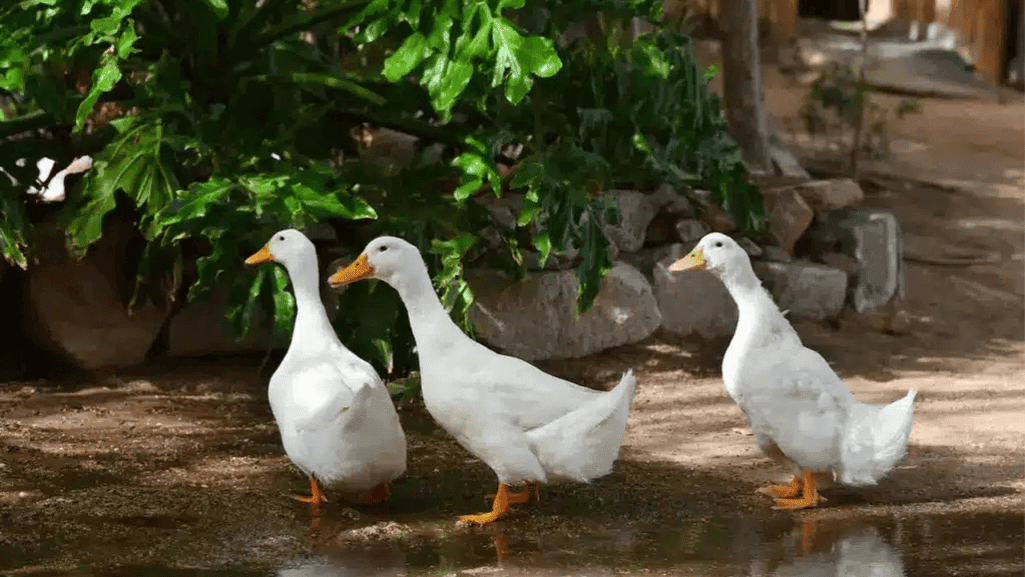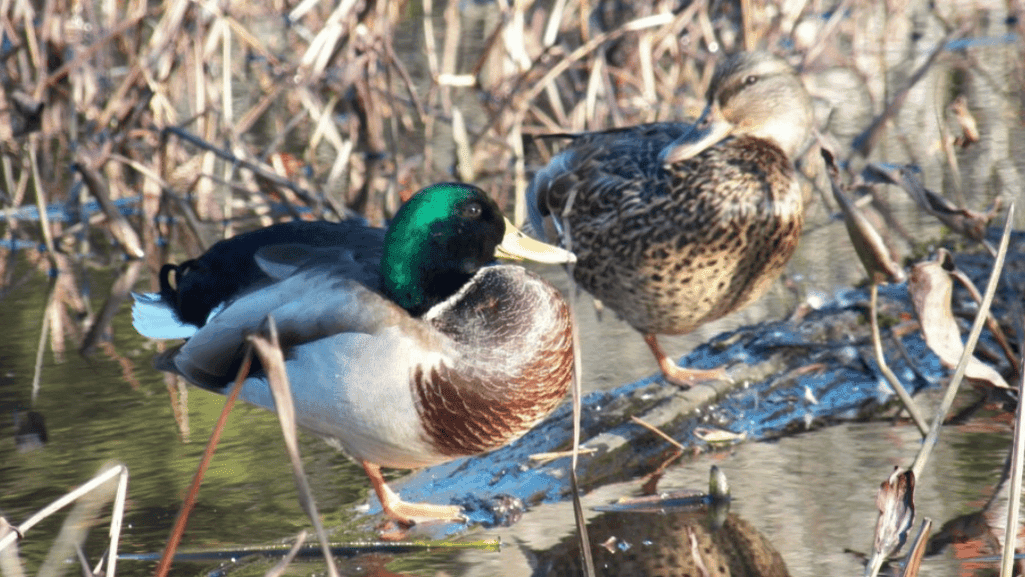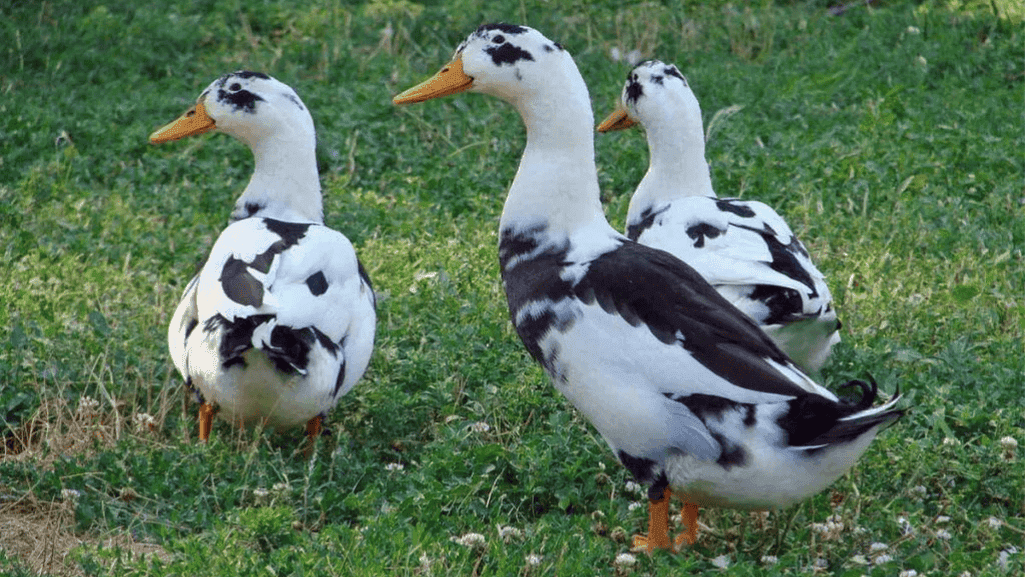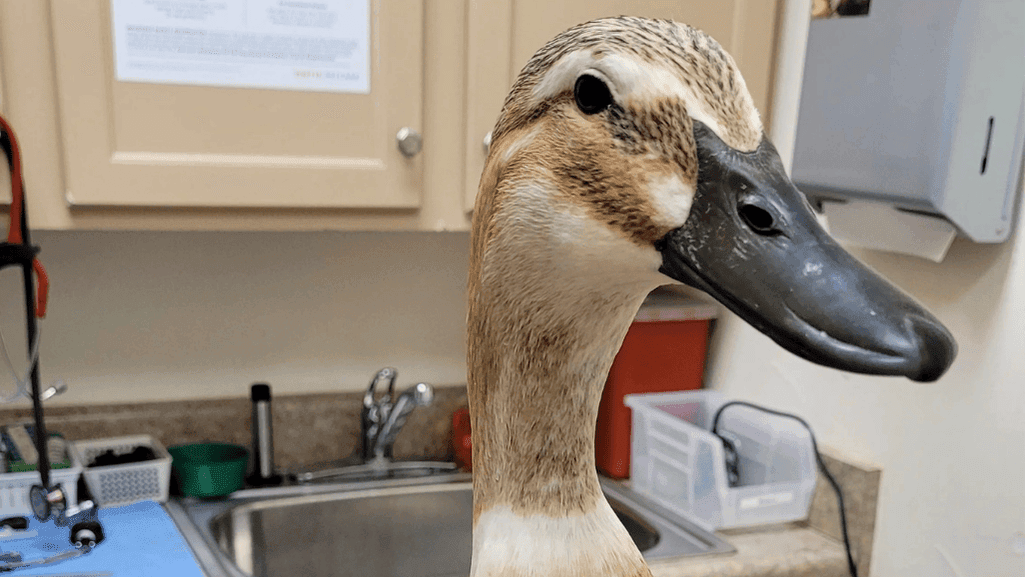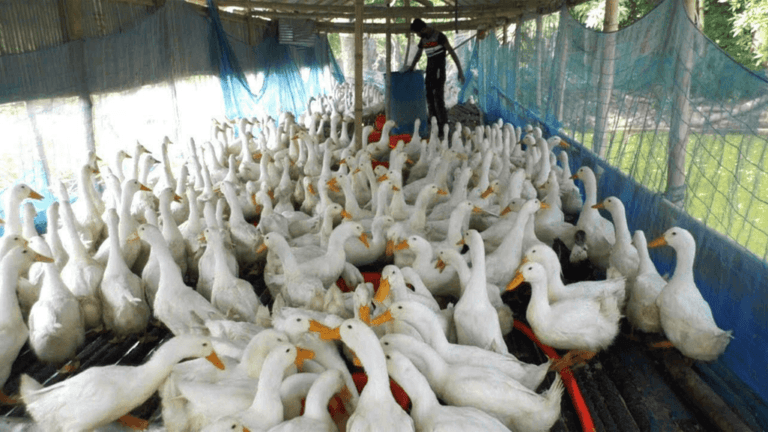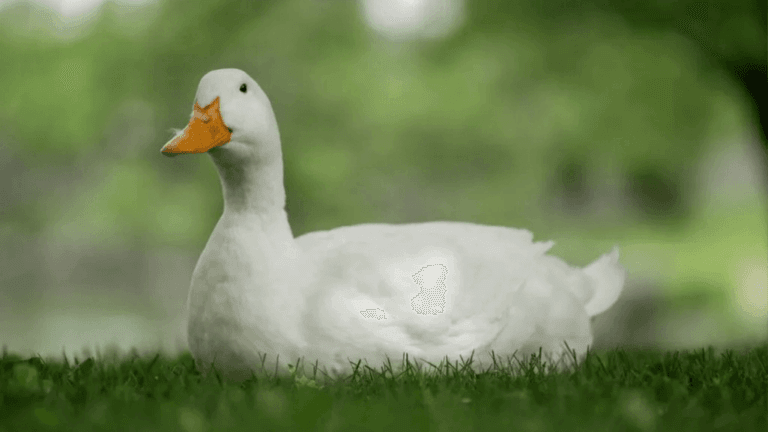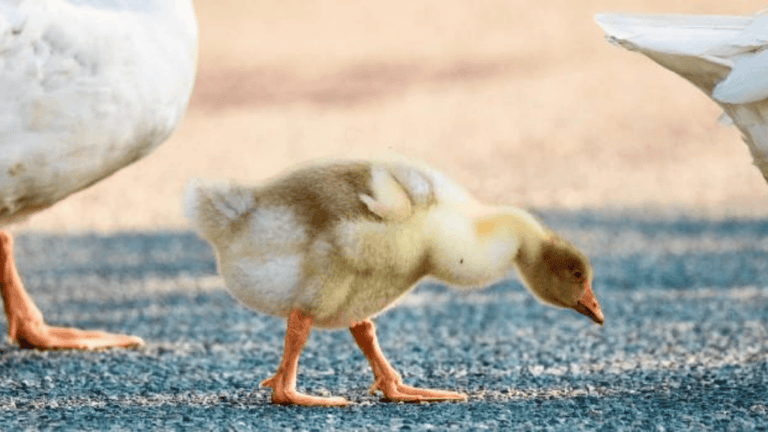The grey domestic duck is a unique and captivating bird that has gained popularity among backyard poultry enthusiasts. Known for its striking color variations, this breed stands out for its ornamental appeal and practical benefits. Whether you’re a seasoned duck keeper or a beginner, understanding this species can enhance your experience.
Originating from crossbreeding efforts in North America, Europe, and Asia, the grey domestic duck showcases a blend of traits from its ancestors, including the mallard. Its distinctive grey, blue, and silver hues make it a favorite for both ornamental and production purposes. In the United States, this breed is particularly valued for its adaptability and ease of care.
This article will guide you through essential care tips, habitat requirements, and behavior insights to help you raise healthy and happy ducks. From understanding their unique characteristics to creating the perfect environment, you’ll find everything you need to know about this fascinating breed.
Key Takeaways
- The grey domestic duck is prized for its unique color and ornamental appeal.
- Originating from crossbreeding, this breed has roots in North America, Europe, and Asia.
- Its adaptability makes it a popular choice for backyard poultry enthusiasts in the United States.
- Proper care includes providing adequate space, clean water, and a balanced diet.
- Understanding their behavior and habitat needs ensures their well-being.
Essential Care Tips for Your Grey Domestic Duck
Raising healthy ducks starts with proper care and attention to their unique needs. From diet to grooming, every aspect plays a role in their well-being. Let’s explore the key practices to ensure your ducks thrive.
Balanced Diet and Feeding Guidelines
A nutritious diet is the foundation of a healthy duck. High-quality feed supports egg production and overall health. For example, breeds like the Indian Runner are prolific layers, often producing over 200 eggs per year. To meet their nutritional needs, provide a balanced mix of grains, proteins, and greens.
Ducks are natural foragers, so supplement their diet with fresh vegetables and insects. Avoid medicated feeds, especially for ducklings, as they can interfere with growth. Clean water is also essential—ducks need it for both drinking and bathing. Ensure waterers are refilled daily and cleaned 2-3 times a week to prevent bacteria buildup.
Routine Health and Grooming Practices
Regular health checks are crucial to detect issues early. Inspect their bill, head, and body for signs of injury or illness. Seasonal changes can affect their health, so adjust care routines accordingly. For instance, during colder months, provide extra warmth and shelter.
Grooming is equally important. Ducks require clean feathers to stay healthy and insulated. Regularly check for mites or parasites, and ensure their bedding is dry and soft. A clean environment reduces the risk of disease and promotes a happy flock.
For more detailed guidance on caring for grey domestic ducks, visit our comprehensive guide. By following these tips, you’ll create a thriving environment for your ducks to flourish.
Ideal Habitat Setup and Environment
Creating the perfect environment for your feathered friends ensures their happiness and health. A well-designed habitat not only protects them from predators but also allows them to exhibit natural behaviors. Whether you’re raising birds on a small farm or in your backyard, these tips will help you build a safe and comfortable space.
Designing a Safe Outdoor Area
An ideal habitat starts with ample space. Birds need room to roam, forage, and socialize. For outdoor enclosures, provide at least 10-20 square feet per bird. This ensures they have enough space to move freely and engage in natural activities.
Safety is a top priority. Use sturdy, predator-proof fencing that’s at least 4-6 feet high. Bury the fencing several inches into the ground to prevent digging predators like foxes or raccoons. Hardware cloth is a better option than chicken wire, as it offers stronger protection.
Shelter is equally important. Provide a well-ventilated coop that’s draft-free yet insulated for colder months. Ensure the nesting boxes are the right size, around 14×14 inches, to keep your birds comfortable. Adding dry bedding like low-dust wood shavings helps maintain cleanliness and warmth.
Water access is crucial. Birds need clean drinking water daily and a place to bathe. Regularly refresh their water sources to prevent contamination. For more detailed guidance on creating a safe and comfortable living, explore our comprehensive resource.
Finally, consider the aesthetic appeal of the habitat. A well-maintained space can highlight the natural color patterns of your birds, making it both functional and visually pleasing. By focusing on these elements, you’ll create a habitat that supports their health and happiness.
Understanding Duck Behavior and Foraging Patterns
Observing the daily habits of ducks reveals fascinating insights into their social and foraging behaviors. These birds are naturally active and thrive in environments that encourage their instincts. Whether they’re waddling or standing upright like the runner duck, their behaviors are both entertaining and essential to their well-being.
Daily Activity and Social Interaction
Ducks are highly social creatures. They form strong bonds with their flock and rely on interaction for mental stimulation. In a group, they communicate through quacks, body language, and even synchronized movements. This social behavior is crucial for their happiness and reduces stress.
During the day, ducks engage in various activities like preening, swimming, and foraging. They often sleep with one eye open, a trait that helps them stay alert for predators. Providing companionship is vital—ducks are happiest when they have at least one other bird to interact with.
Natural Foraging Behaviors and Instincts
Foraging is a natural instinct for ducks. They search for insects, snails, and plants, which provide essential nutrients. The runner duck, known for its upright stance, is particularly active in this behavior. Unlike typical ducks that waddle, runners move swiftly, making them efficient foragers.
Owners can encourage foraging by scattering food or providing access to grassy areas. This not only keeps ducks physically active but also mentally stimulated. Foraging mimics their natural habitat, promoting overall health and well-being.
Understanding these behaviors helps create a nurturing environment. By supporting their instincts, you ensure your ducks lead happy, healthy lives.
Breeding and Variety Tips for the Grey Domestic Duck
Selective breeding has shaped the diverse characteristics of modern duck breeds. From the Indian Runner to the Rouen, each variety offers unique traits that make them suitable for different purposes. Whether you’re raising ducks for eggs, meat, or ornamental appeal, understanding their lineage and breeding practices is essential.
Exploring Gray Duck Breed Variations
The Indian Runner is known for its upright stance and exceptional egg-laying capabilities, producing up to 200 eggs annually. Its active foraging behavior makes it a favorite among backyard breeders. The Rouen, on the other hand, is prized for its striking plumage, resembling the wild Mallard. While it’s not a prolific layer, its ornamental appeal is unmatched.
Another notable breed is the Pekin, valued for its rapid growth and suitability for meat production. Its white feathers and calm demeanor make it a popular choice for beginners. Each breed, from the Rouen to the Pekin, has distinct physical attributes, such as bill shape and green head features in drakes, that set them apart.
Key Breeding Practices and Considerations
Successful breeding starts with selecting healthy hen and drake pairs. For heavy breeds like the Muscovy, a ratio of 1 drake to 5 ducks is ideal. Lighter breeds, such as the Khaki Campbell, can thrive with 1 drake to 10 ducks. Proper pairing ensures high fertility and healthy offspring.
Incubation and chick-rearing are critical stages. Maintain a consistent temperature and humidity level during incubation. Once hatched, provide a warm, clean environment for the ducklings. Regular health checks, including inspecting the bill and head, help detect issues early.
For those interested in exploring more pet duck breeds, understanding their unique traits and care requirements is essential. By following these practices, you can maintain healthy domestic breed lines and enjoy the rewards of duck breeding.
Common Health and Maintenance Considerations
Maintaining the health of your flock requires consistent care and attention to detail. Preventative measures are key to ensuring your birds stay healthy and productive throughout the year. By focusing on sanitation, regular check-ups, and proper management, you can reduce the risk of illness and enhance their overall well-being.
Preventative Health Measures
Start with a clean environment. Regular spot cleaning should be done daily, while a thorough cleaning is recommended weekly. This helps prevent respiratory issues and infections, which are common in damp or poorly ventilated spaces.
Vaccinations are another critical step. Work with a veterinarian to establish a schedule tailored to your flock’s needs. Regular check-ups, at least once a year, help monitor egg production and detect potential health issues early.
- Inspect the bill and feathers regularly for signs of damage or parasites.
- Provide clean water daily for drinking and bathing to prevent contamination.
- Ensure proper ventilation in coops to reduce the risk of respiratory problems.
Seasonal changes also require adjustments. During colder months, provide extra warmth and insulation. In warmer weather, ensure access to shade and fresh water to prevent overheating.
By following these practices, you can create a healthy environment that supports your flock’s vitality and production. A proactive approach to care ensures your birds thrive year-round.
Enhancing Duck Lifestyle and Farm Integration
Integrating ducks into a farm setting can significantly enhance both their lifestyle and the farm’s productivity. These birds bring unique benefits, from pest control to enriching the ecosystem. With thoughtful planning, you can create a harmonious environment where ducks thrive alongside other livestock.
Encouraging Natural Behaviors in a Farm Setting
Ducks are natural foragers and thrive in environments that allow them to exhibit their instincts. On a farm, providing access to grassy areas and water sources encourages behaviors like foraging and swimming. These activities not only keep ducks healthy but also contribute to pest control, as they consume insects and snails.
Environmental enrichment is key. Scatter food or provide foraging materials like silage to stimulate their natural instincts. This mimics their wild habitat, promoting physical and mental well-being. Additionally, ensure ducks have space to roam and socialize, as they are highly social creatures.
Integrating Ducks with Other Farm Animals
When integrating ducks with other livestock, compatibility is crucial. Ducks generally coexist well with chickens, goats, and sheep. However, ensure clear boundaries to prevent conflicts. For example, provide separate feeding areas to avoid competition.
Breeds like Muscovy ducks and Pekin ducks are particularly well-suited for diversified flocks. Muscovy ducks are known for their quiet demeanor and adaptability, while Pekin ducks are valued for their rapid growth and calm nature. Both breeds contribute to farm production, whether through eggs, meat, or pest control.
Selecting a reputable breeder is essential when expanding your flock. A trusted source ensures healthy birds with desirable traits. For more insights on Muscovy ducks, explore their unique benefits and care requirements.
Creating a harmonious home environment involves proper space allocation and safety measures. Ensure coops are predator-proof and provide adequate shelter. By focusing on these elements, you’ll foster a thriving farm ecosystem that benefits all species involved.
Conclusion
Understanding the nuances of raising these birds ensures a thriving flock and a rewarding experience. From selecting the right breed like the Mallard or Indian Runner to providing a balanced diet and clean habitat, every detail matters. Proper care enhances their well-being and supports egg production.
Breeding practices play a vital role in maintaining variety and quality. Pairing a healthy drake with a robust hen ensures strong offspring. Integrating these birds into American farm settings adds value, as they contribute to pest control and ecosystem balance.
For success, focus on their natural behaviors and habitat needs. Whether you’re raising them for their striking green head or their practical benefits, these birds are a valuable addition to any flock. Explore reputable resources and breeders to continue your journey with confidence.


